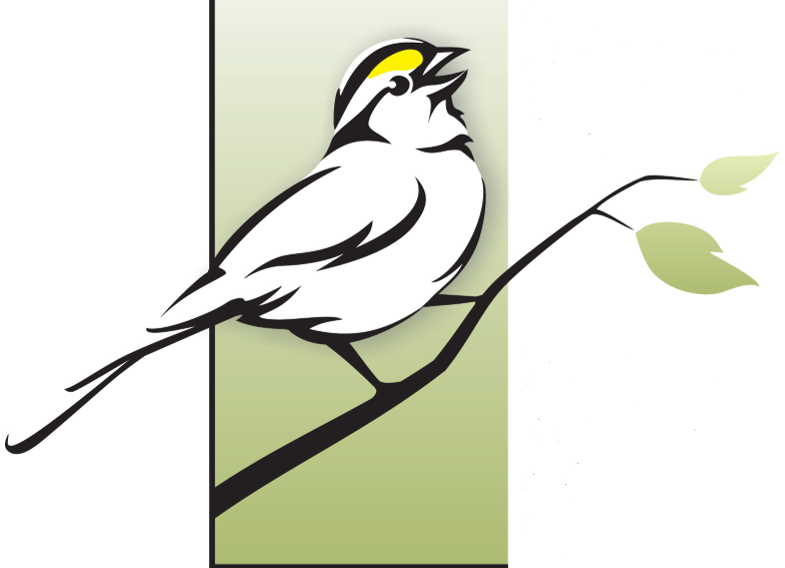Bufflehead
Type of resources
Topics
Keywords
Contact for the resource
Provided by
Formats
Representation types
Update frequencies
status
Regions
Categories
-

Baseline (1996–2017) and projected (2011-2100) maps of predicted mean indicated breeding pairs (IBP) and standard deviation (SD) for the 12 waterfowl species in Eastern Canada. Projected means were summarized for the three 30-year periods under the “low” (RCP4.5) and “high” (RCP8.5) greenhouse gas concentration trajectories. From the projected abundances, we also computed maps of climate suitability indices per 12 species. PDF maps and spatial data objects (TIFF files) for the four time-lag schemes under “low” (RCP4.5) and “high” (RCP8.5) greenhouse gas concentration trajectories.
-

Maps representing near-national waterfowl density and abundance of 13 individual species and 4 species groups (goldeneyes, mergansers, scoters, and scaup). Predictive models were built using Boosted Regression Tree analysis, data from the Waterfowl Breeding Population and Habitat Survey, and several environmental datasets. Methods used to create 17 species-level models are described in Barker et al. 2014 (ACE 9(2): 7). Guild-Level Maps (cavity nesters, ground nesters, and overwater Nesters) were produced by summing species-level observations and then built models at the guild level. The prediction of total waterfowl abundance was produced by summing the predictions from guild-level models (cavity nesters, ground nesters, and overwater nesters). Species specific model uncertainty are also provided.
 BAM GeoPortal
BAM GeoPortal